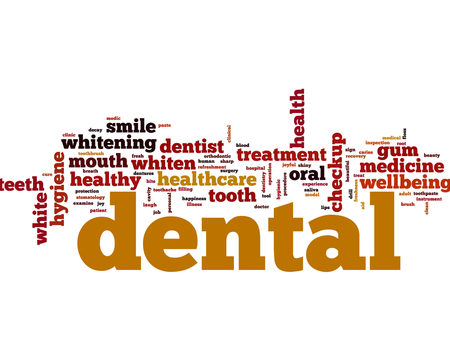Since patients seek direction from their dentist, giving clear guidance about treatment needs is critical. If patients do not understand the importance of treatment, they are far less likely to schedule. Treatment recommendations are commonly “watered down” by the use of qualifying language. Consider the following examples.

Example 1: “John, your back tooth has a cavity. We need to replace the old filling and put a crown on that tooth. I recommend that you schedule for the crown in the coming weeks.”
Example 2: “John, your back tooth has a little decay and you probably need a crown. But don’t be too alarmed. Maybe you can keep a crown in mind and possibly schedule for it sometime in the future.”
The first example uses language that is clear and concise. When delivered with empathy, the message will guide the patient to schedule for the crown.
By contrast, the second example uses the qualifiers little, probably, maybe, and possibly in addition to the qualifying phrase “but don’t be too alarmed.” The patient in the second example will likely not understand that his tooth really needs a crown. Further undermining the message in the second example is the suggestion to possibly schedule sometime in the future.

Too many times dentists and their teams insert qualifiers that unfortunately undermine the importance of their care. Common qualifiers include may, could, some, few, just, and probably. Qualifiers are often used to help soften a diagnosis or to make patients feel more comfortable, but unfortunately qualifiers have the unintended consequence of removing the value of what is recommended. Qualifiers also create doubt and confusion.
Communicating with empathy and having a warm chair-side presence will make patients feel much more comfortable than qualifying language. Therefore, when you need to communicate your diagnosis and guide patients to schedule for recommended treatment, remember to use clear language that builds value.
